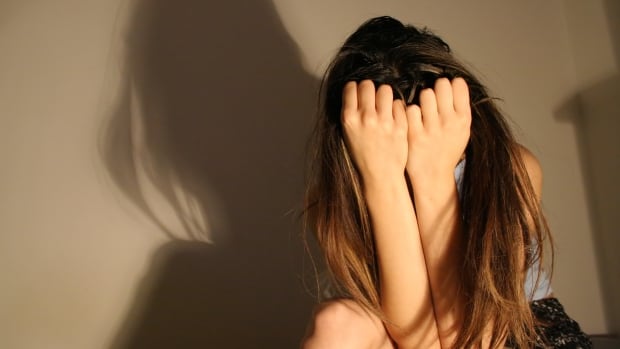
The Current20:17This B.C. mom hired a PI to follow her teen’s drug dealer
At the height of her daughter’s addiction, Julie Nystrom says she started envisioning what life would be like without her child.
She says her daughter, then 17, was hooked on street Xanax and taking up to eight pills a day. She was also experimenting with Percocet, MDMA, cocaine, acid, mushrooms and other illicit substances.
“It was like being in the centre of a cyclone,” Nystrom said.
“The screaming and yelling, the fighting, the not knowing why, and the despair of not knowing where she was or who she was with or if she was OK.”
They live in Vancouver, and in B.C. illicit drugs remain the leading cause of accidental death for people under 19, so Nystrom says she was terrified all the time.
Nystrom knew bits of information about the man who was supplying her daughter’s drugs, and understood that he had become a big part of her daughter’s life.
“I was so furious,” she said, but also felt powerless.
“I saw the deterioration of my daughter. I saw the deterioration of her closest friends. And I saw how gradually terrified they were getting because it’s their first time in their lives that they had no control.”
Nystrom eventually contacted police — and hired a private investigator to track down the dealer.
‘Goodie bags’ for referrals
Nystrom’s daughter, Beth — whose real name CBC News is not using due to concerns for her safety — says she was 15 when she first met the dealer she knew as Jay. No one knows his real name.
CBC News has spoken to eight other Vancouver-area teenagers from four different high schools who were former clients of Jay. Their names are also being withheld for fears of their safety.
They describe him as a stocky, middle-aged South Asian man, possibly in his 40s with a buzz cut and a scar on the side of his head. He dressed much like his young clients, sporting Nike fleece and sweatpants.
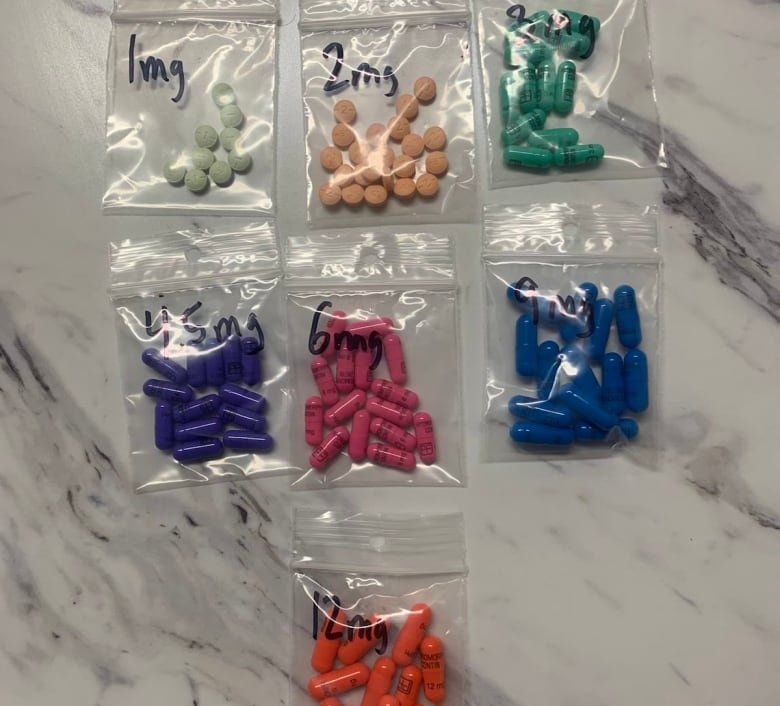
They say he sold them alcohol, marijuana and nicotine products. Soon, he started giving them nicotine vapes for free.
He also rewarded them with what the teens described as “goodie bags” for sharing his number with their peers — small brown paper bags containing pills like MDMA or Xanax.
He would deliver their orders near their homes and schools, his former clients say. He’d go on walks with them, often sharing details about his family life, a barbecue he was attending or a niece’s birthday.
“I feel that kind of blinds you to the fact that he’s selling drugs to underage people … and ruining their lives,” said one 18-year-old who became Jay’s customer in 2021 when he was 14.
“Jay looked like a regular guy, and he treated all of us like, almost his own,” said another, who met Jay when she was 13.
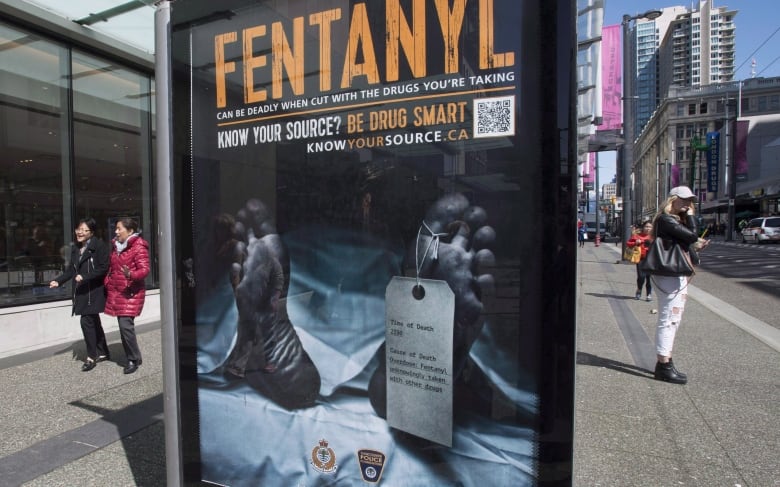
“He just made everyone feel super comfortable, which obviously looking back, that was obviously a tactic because we were so young.”
Another client said that, as an older figure, he built trust and loyalty, especially among the boys.
“Everybody loved Jay,” he said. “A lot of people put him on this huge pedestal.”
“He was a really good shepherd and we were his sheep. That’s how it felt because he had so many of us.”
Building rapport
Drug dealers like Jay are fairly common, according to Danya Fast, assistant professor in the department of medicine at the University of British Columbia, and research scientist at the B.C. Centre on Substance Use.
Dealers are often “very normal people who very easily build rapport with kids,” she said.
It helps make drug use seem ordinary, which is important for many teens and preteens before they’ll get into them, says Fast, author of The Best Place: Addiction, Intervention, and Living and Dying Young in Vancouver.
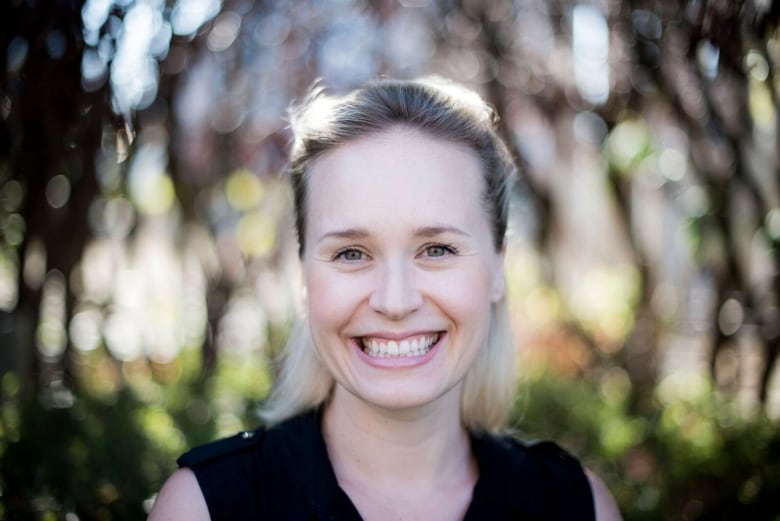
“In those contexts, drug use can come to feel like a part of the ordinary, everyday experience in response to this extraordinary kind of mental distress that a young person might be experiencing,” she said.
At the time, B.C. drug testing services were finding traces of fentanyl in some of the counterfeit Xanax sold on the street.
Jay would show screenshots of drug-checking reports that he claimed were proof that his drugs were clean of the highly hazardous substance, according to his former clients. Some were suspicious because they had bad reactions to some of the drugs he supplied.
A lot of those reports “were fake. Or they would be old reports and not the new stuff that he was giving us,” said one, age 17.
“When you’re that young and don’t really know any better, you believe it.”
Jay has also been linked to a 16-year-old girl who died suddenly in June 2023. Evelina Baldelli had been suffering from anxiety and depression, and became addicted to prescription medication.
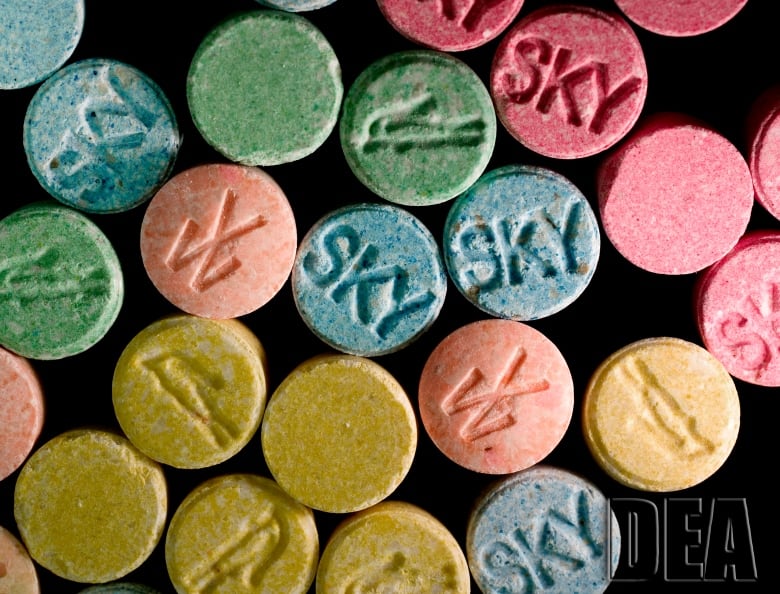
Her friends and parents say Jay had supplied her with Xanax and Percocet.
The B.C. Coroners Service told the family it found fentanyl, oxycodone, Xanax, low levels of cocaine, and other prescription antidepressants in her system.
Pill presses have become so sophisticated that it’s virtually impossible to tell whether supposed prescription drugs bought on the street are fake, says Jennifer Matthews, with the British Columbia Centre on Substance Use.
Between 2021 and 2023, half of the supposed Xanax the centre tested contained other unexpected active ingredients, and two to four per cent tested positive for traces of fentanyl.
Whether this is widespread, Matthews says, is unclear given the unpredictable drug supply.
Followed by a private investigator
In 2023, Nystrom reached out to the Vancouver police after Beth confided she’d been using Xanax.
The authorities said they needed detailed information, including the names of the people involved, but Nystrom didn’t have it — and Beth wasn’t willing to come forward.
She wasn’t prepared to stop using drugs at that point, either.
So Nystrom borrowed $1,000 from her employer and hired a private investigator to follow Jay for one night that August, after Beth had purchased pot.
They took photographs of the car he was driving, and the licence plate — which Nystrom handed over to police.
Police told her they looked up the car’s owner and knocked on his door. They said it was a Caucasian man, clearly not Jay, and he refused to answer the door.
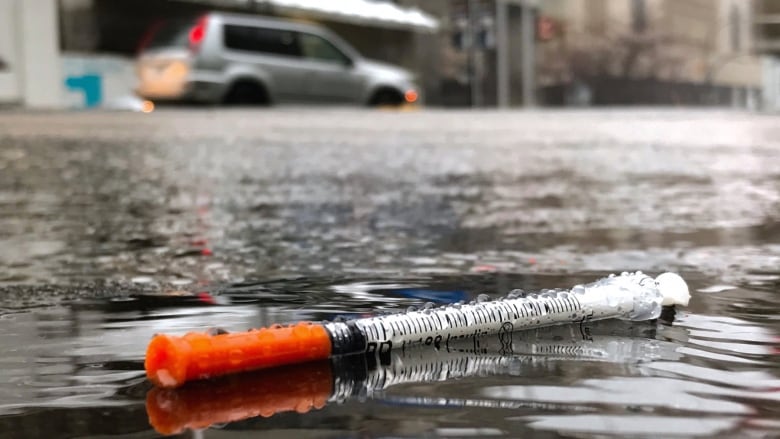
“And because he refused to answer the door, they can’t oblige him to talk. And that’s as far as they went,” she said.
A police spokesperson confirmed they had opened an investigation and identified the registered owner of that car. They also investigated anyone else who may have had access to it.
Because the information was limited, they weren’t able to identify Beth’s dealer.
“It broke my heart,” Nystrom said.
Fast, at UBC, says communication is key to addressing drug use.
“The best thing that we can do as parents and educators is pull this out of the shadows, not by hiring a private investigator necessarily … but by talking to our kids, by opening up frank, honest, non-judgmental conversations about substance use,” she said.
Since she reported Jay to the police, Nystrom said she has seen a fundamental shift in her daughter’s drug use.
Beth is now focusing on her sobriety and has started a new part-time job while finishing high school.
Nystrom says she feels let down by what she sees as police inaction.
“I would have liked to have seen a proper investigation with little gas underneath it because these are the most vulnerable people in the Lower Mainland,” she said.
“We talk about, you know, people down on the Downtown Lower East Side being the most vulnerable. Well, our 13-year olds and our 14-year olds are our most vulnerable because they will end up there.”



